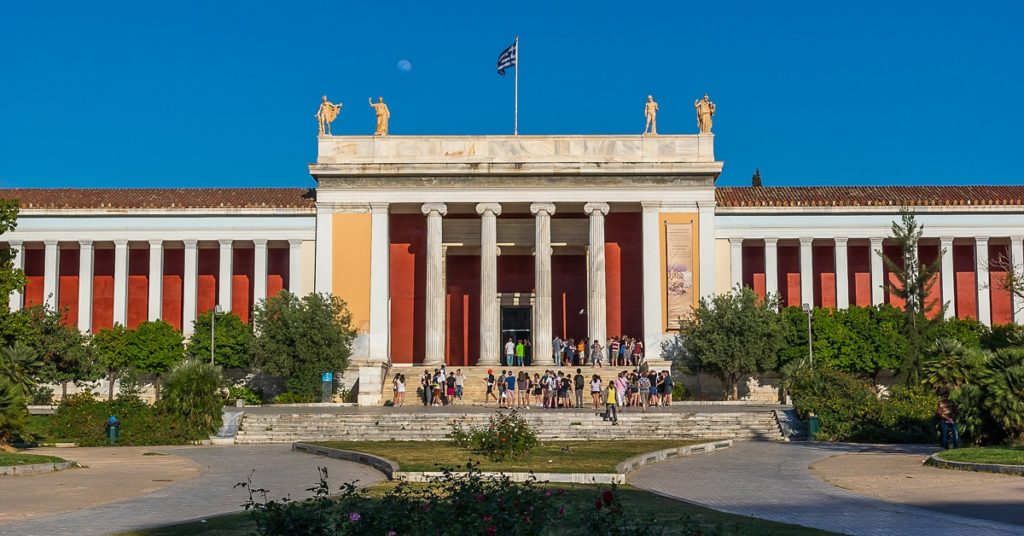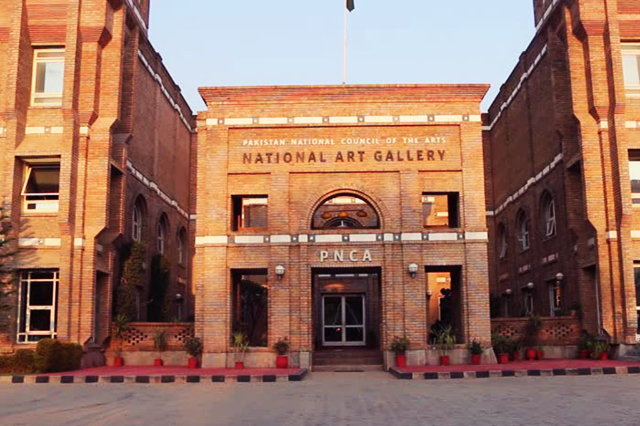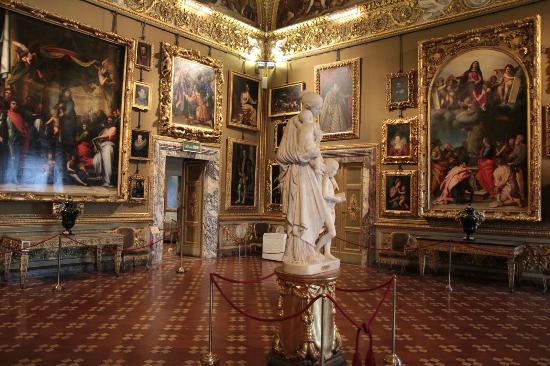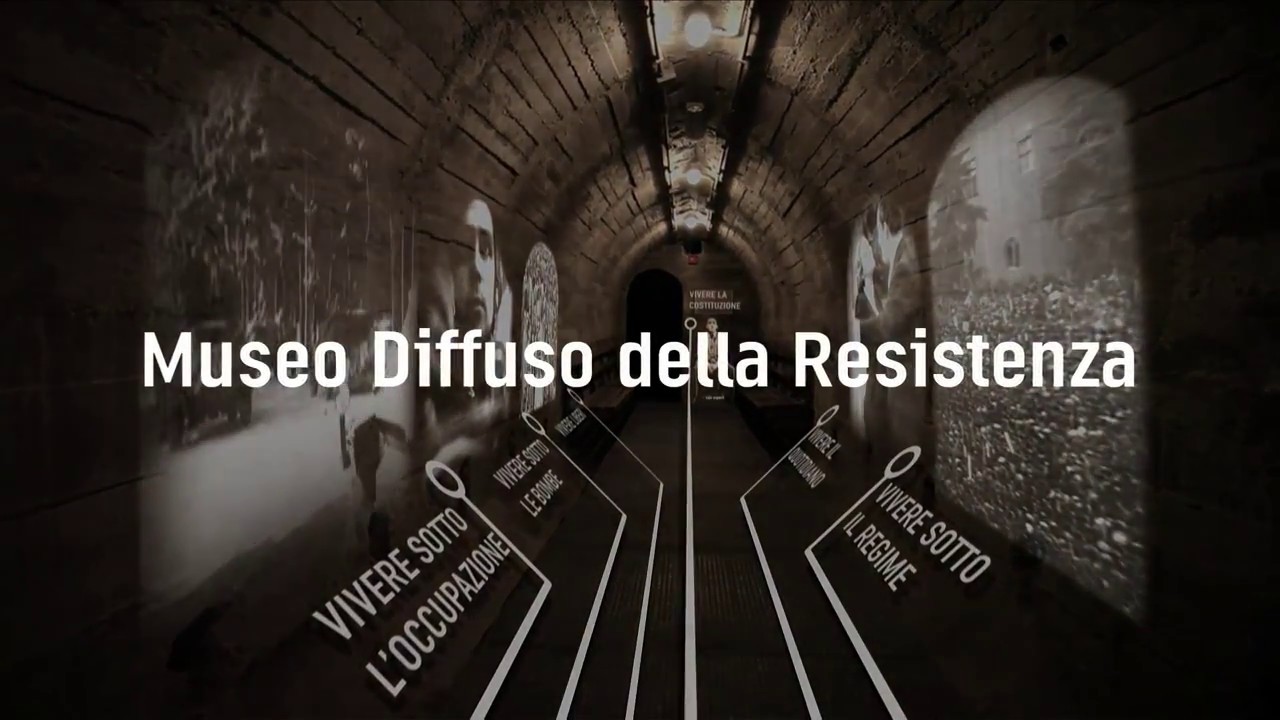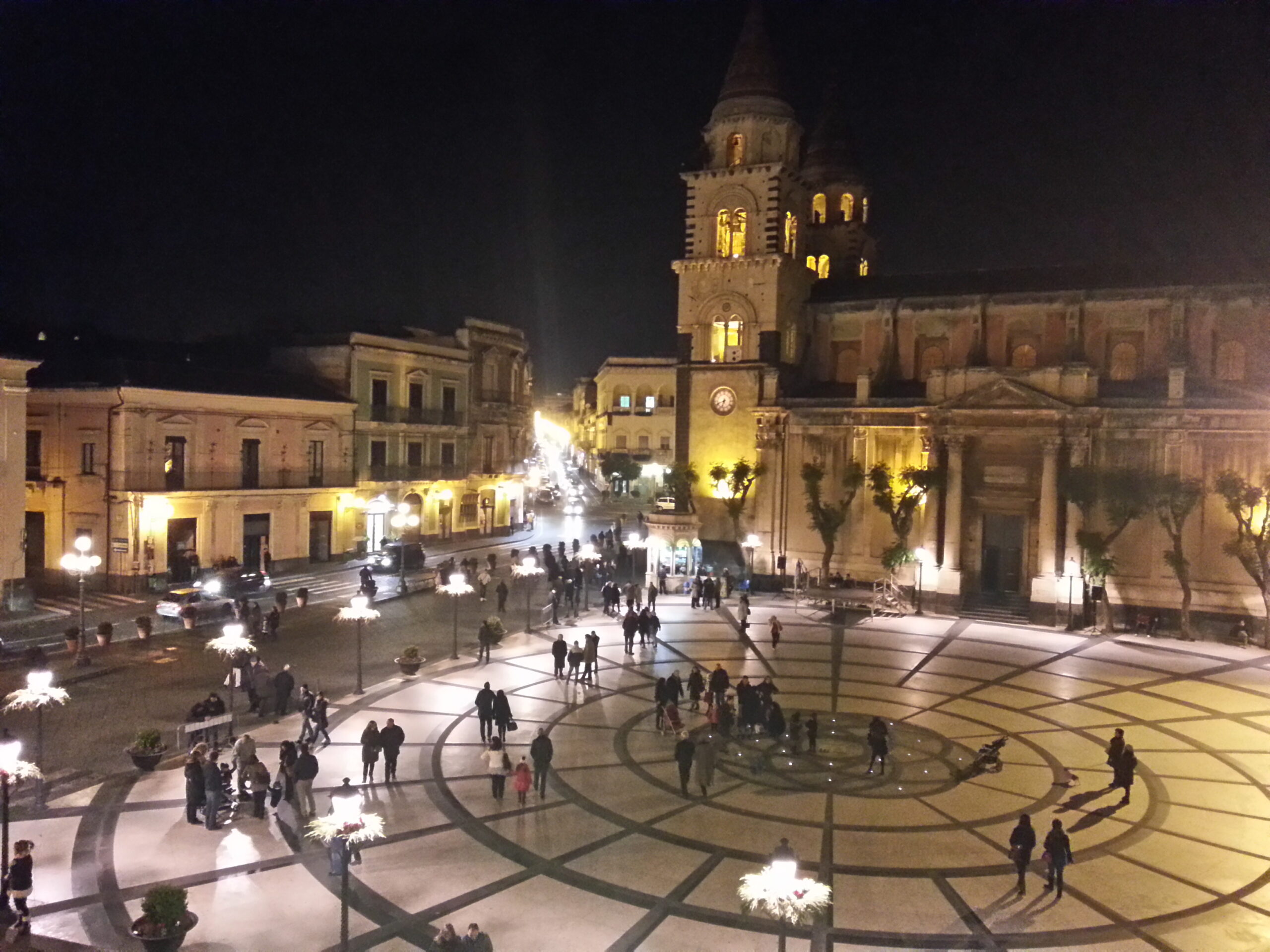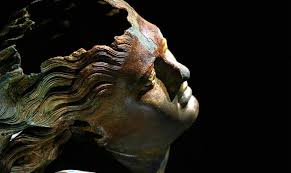<p><span style="font-size: 14pt;">The <strong>National Archaeological Museum of Athens</strong> is one of the most important museums in the world for the history and ancient culture of Greece. Located in the center of Athens, the museum houses a vast collection of ancient objects, including sculptures, pottery, jewelry, gold and silver objects, wall paintings, and mosaics.</span></p>
<p><span style="font-size: 14pt;">The museum was founded in 1829, when Greece gained independence from the Ottoman Empire. Initially, the collection was housed in various buildings, but in 1866 King George I ordered the construction of a building specifically dedicated to the museum. The museum was inaugurated in 1889 and underwent several expansions throughout the 20th century, until it arrived at its current building in 2004.</span></p>
<p><span style="font-size: 14pt;">The museum’s collection is divided into several sections, covering the history of Greek art and culture from the Neolithic period to the Roman era. Among the museum’s most famous works are the <strong>funerary mask of Agamemnon</strong>, the <strong>Lion Gate of Mycenae</strong>, the <strong>statue of Artemis from Delos</strong>, and the celebrated bronze Charioteer, from an ancient shipwreck discovered off the coast of Athens.</span></p>
<p><span style="font-size: 14pt;">The museum also houses the largest collection in the world of ancient Greek pottery, including painted vases, red-figured and black-figured vases, and relief pottery. Among the museum’s most famous ceramics are the Euphronios krater, the Sosibios kylix, and the Francois krater.</span></p>
<p><span style="font-size: 14pt;">In addition to the permanent collection, the museum also hosts temporary exhibitions, offering another opportunity to discover the history and culture of ancient Greece.</span></p>
<p><span style="font-size: 14pt;">The museum also has an archaeological garden, which houses a vast collection of outdoor ancient sculptures, including a life-sized replica of the Temple of Aphaia in Aegina, the funerary monument of Dexileos, and a Sphinx statue.</span></p>
<p><span style="font-size: 14pt;">In summary, the National Archaeological Museum of Athens is one of the most important museums in the world for the history and ancient culture of Greece. With a vast collection of ancient objects covering a period of over 5,000 years, the museum offers a great opportunity to discover the richness of Greek art and culture.</span></p>
